01
Q: After so many years in Shanghai, what are your observations and experiences about creative design in Shanghai?
A: I first came to work in Shanghai in 1996, when there were almost no professional talents in (exhibition) design in Shanghai. Slowly to the era of the World Expo, the level of domestic design has grown rapidly, especially Shanghai design. I am familiar with the exhibition field, Shanghai design is the leading position. After the World Expo, Shanghai design has a dominant position in China and even in the world.
Shanghai design companies and clients have grown very fast. In fact, good works must be the result of the joint growth of design companies and clients. You cannot just expect the design company to grow, but also need the clients to put forward reasonable and quality requirements, and need them to have the eyes of professional judges before your works will be extended. Therefore, the state of the market in Shanghai today can be said to be no different from foreign countries, it is already fully in line.
02
Q: The Shanghai Astronomy Museum is very popular now, what are the specific aspects of the design of the Shanghai Planetarium? How did you come up with the idea of using the "three ultimate philosophical questions" to design the visitor path? What are some of the ideas that you find particularly interesting?
A: In 2010, I drew the first concept sketch of the Shanghai Planetarium, and then I worked with the company to support the growth of the project. 2017, we participated in the formal tender and won the contract for the overall design of the Shanghai Astronomy Museum in a fair competition with other companies. Then, after nearly four years, we carried out overall planning and design, display space design, display content design, creative exhibit design, visual specification design, lighting and sound and supporting system design, educational activity planning, and intelligent venue design for the pavilion, and implemented the preliminary concept into all aspects.
The layout of the three spaces of the Shanghai Astronomy Museum was designed using the existing state of the building, and the problem we needed to think about and solve at that time was how to connect the existing spaces. The space was layered, and the architect asked me jokingly at one point, "Do you hate me? I created such a big puzzle for you architecturally." My response at the time was, "We love the difficulty because the difficulty of the building gives us an opportunity to create moments of wonder."
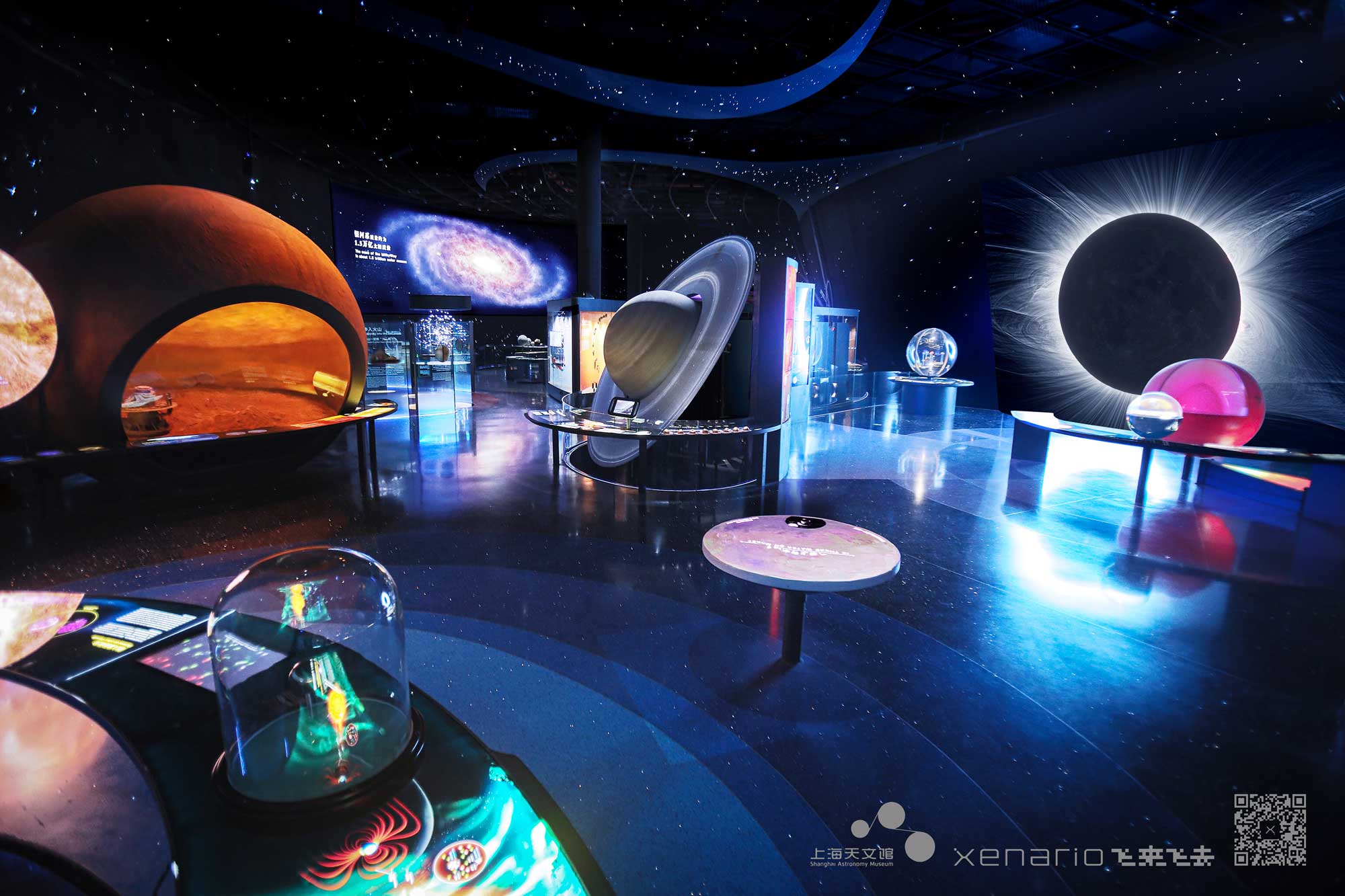
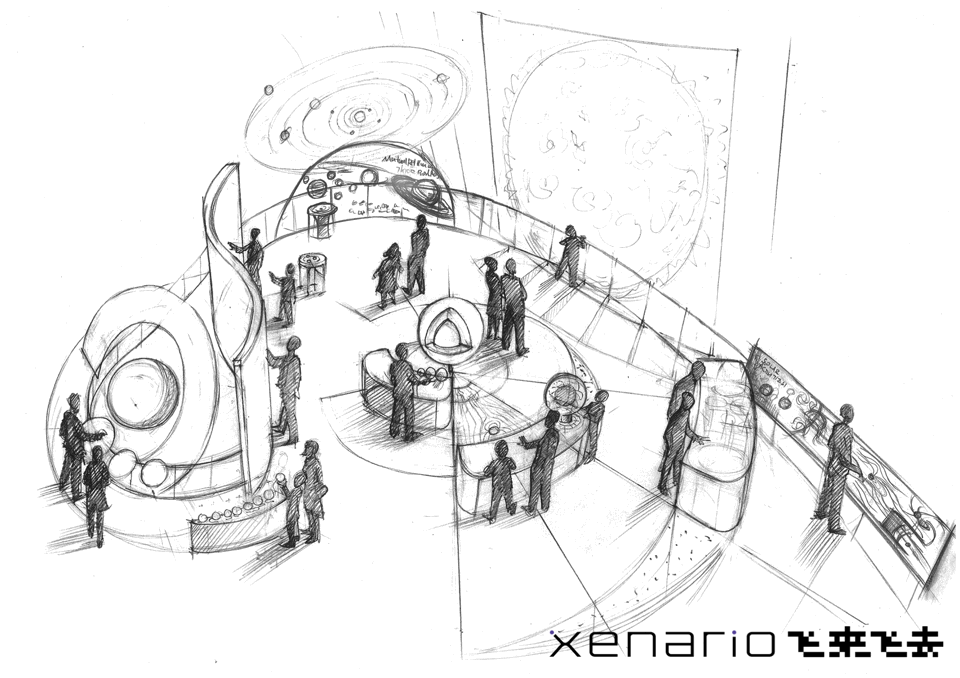
Then we studied the building and found that it lent itself to three deeper experiences for the audience, a space that responded to exactly three major concerns that humanity has always had. Everyone asks themselves, "Where am I now? Where did I come from? Where will I go?" From the earth to the moon to the sun, to the whole galaxy, is the scope of the universe. Where did the whole world come from? Many people don't know. Space and time didn't even exist before the Big Bang. So, it allows the audience to experience that the universe really started at a certain point, then became an increasingly complex system with galaxies, stars, planets, and then, in a state of constant expansion of the universe, created a world like ours. Finally, one of the most complex and interesting wonders is life. Humans can explore and imagine the structure of the entire universe. Then, we observe the whole journey of how humans have explored the universe, from the ancients to the early scientific enlightenment to our space technology today. So, "Where are we? Where did we come from and where are we going?" Three philosophical questions that connect all the themes of astronomy.
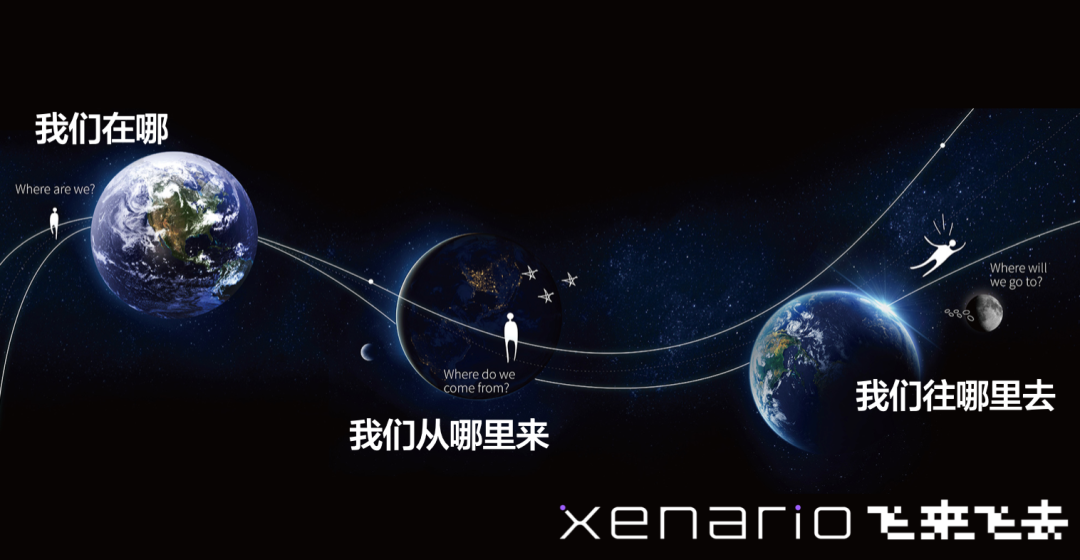
Our exhibition hall has a 20-meter diameter Earth, and the audience will see the planet three times; the first time, when you go in, you see the blue Earth that you are familiar with. The second time, you see the back of the Earth from a space perspective. The third time you see the Earth, you are on top of a very large corridor bridge, looking at the Earth from the Chinese station of the International Space Station, as if you were roaming in space and leaping over the Earth. The third time you see it, you seem to have gone beyond the Earth to the mysteries of the universe.
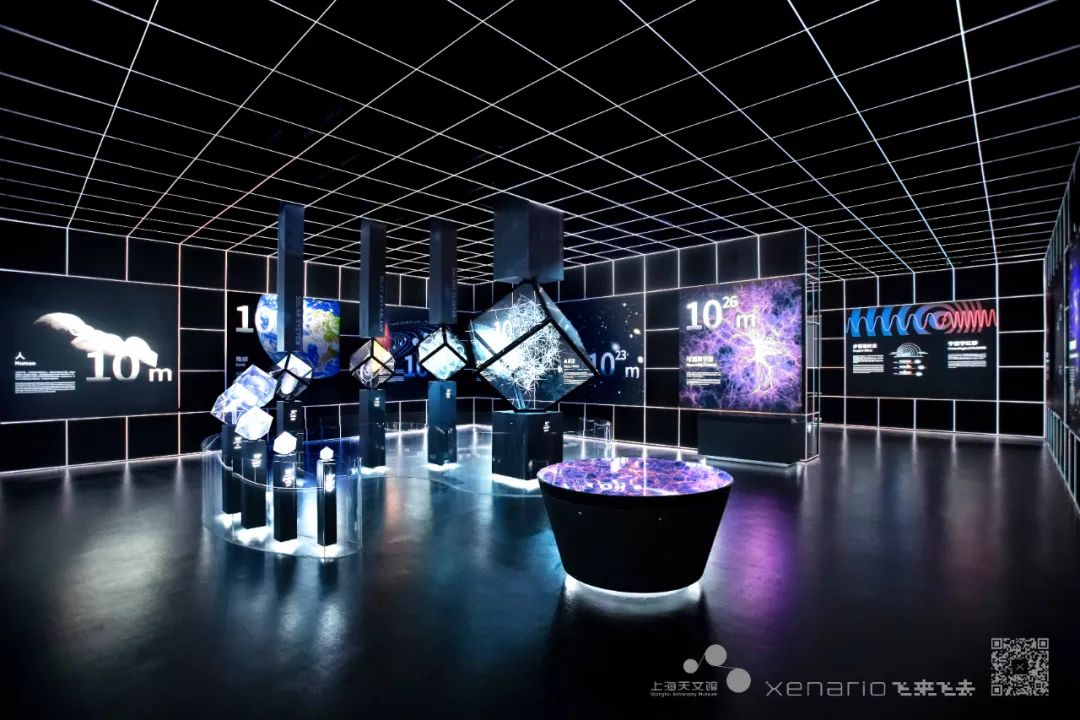
03
Q: We know that you are the new media art director of the China National Pavilion at the World Expo, in addition, Xenario has also participated in projects such as the China Grand Canal Museum, the East Pavilion of Shanghai Museum, and the Museum of Qin Briefs of the Ancient City of Liye, Hunan Province, etc. How do you think the essence of traditional culture should be reflected through multimedia, light and shadow, and technology?
A: Many wonderful exhibits, perhaps, do not need multimedia assistance at all; it has a very rich life in itself. For example, when we did the global design competition for the Shanghai Museum East, we won the first place. We then went to study, for example, jade, a very special stone for the Chinese, but what exactly is it valuable? Many people were unable to answer. We need to understand the story behind many of the works, the environment in which the works were created, the way the literati used the objects at the time, and the mental state of the artists at the time when they created them, perhaps more than the artifacts themselves.
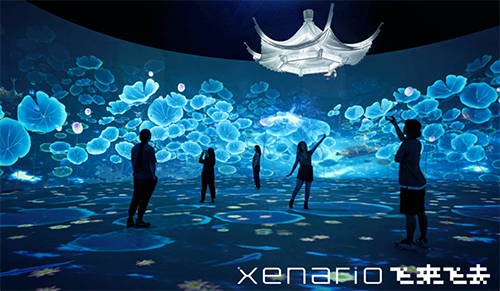
What I want to show the audience is the story of these literati, the story of this civilization, not just what material the artifact was made of, its age, what words were engraved on it, these are not the main points. Many people go to the museum feel very boring, you do not understand let you feel do not understand, I think this is wrong. We should use multimedia means to enrich the audience's understanding of cultural relics and let them appreciate the historical and cultural connotations, which is a problem that needs to be solved by exhibition designers and experts working together. I think the museum community has to go a long way to take modern means to display national cultural relics, need to break the more traditional way of presentation, I think we need to encourage experts, curators, the audience to accept the new way of displaying culture.
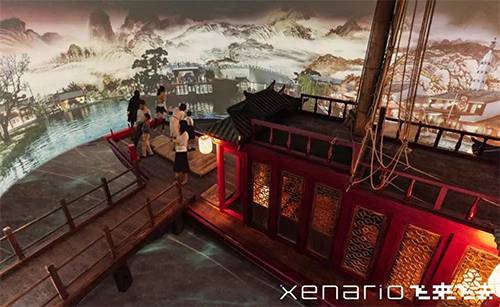
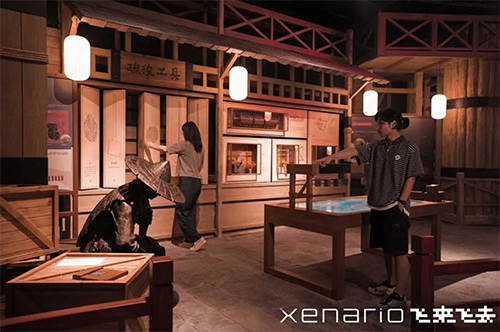
04
Q: What does the designer need to do to communicate from the pavilion and technology to the general audience?
A: You are asking about our company's integrated design and construction workflow, right? I am very concerned about this topic, and our company has established a standard. First, through conceptual design, through the preliminary exploration stage, we understand the construction conditions of the pavilion, the needs of the customer, and the needs of the audience, and then, we combine all the elements together and come up with a general directional plan. Next, by optimizing the design and deepening the design and production, we turn the content into something that the audience can understand. In order to accurately present the content of the four-level catalog to the audience, we have to achieve the depth of the content of the five-level catalog, which means that we have to eat the content thoroughly every time and have to do a lot more work than what we finally present to the audience. Behind the exhibition that the audience sees are countless effect drawings, structure drawings or various attempts. It is a long process from pre-research, content learning, form shaping, to the final delivery to the audience.
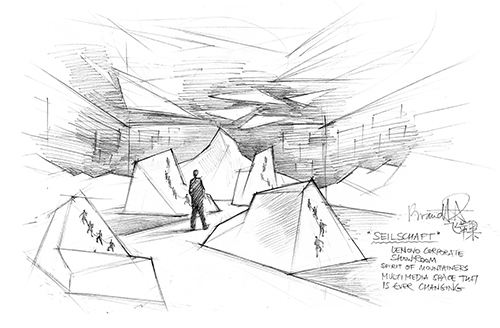
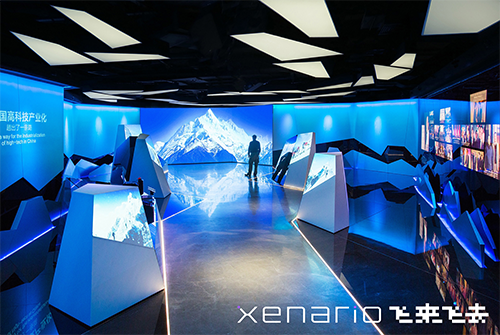
LEGEND Holdings Showroom
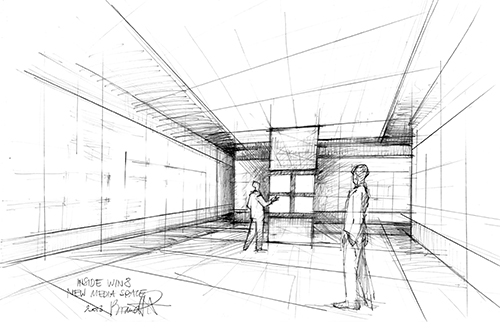
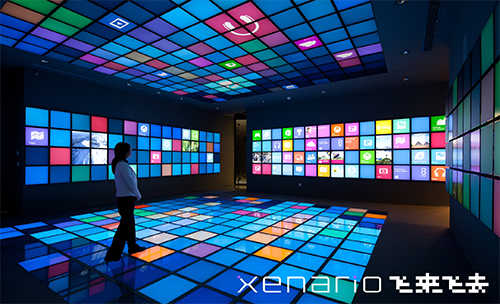
Microsoft China Center One
05
Q: How do you think we should tell stories through exhibitions? How to combine the four elements of "story, space, media and interaction" through design?
A: This is our concept of new media space. This is a very clear topic, the exhibition is not a book, a movie, or a game, but an offline environment where you can experience cultural or scientific content with your classmates, friends and relatives, right? I want to create an environment where you can share your experience with others. Our human way of thinking is to have a thread with a story narrative that connects scattered bits of knowledge into a whole. We need to explore and discover this content ourselves through experiential spaces that have a fun, rhythmic quality. Not only multimedia, but also sculptures, panels, and then, through interactive methods that engage you.
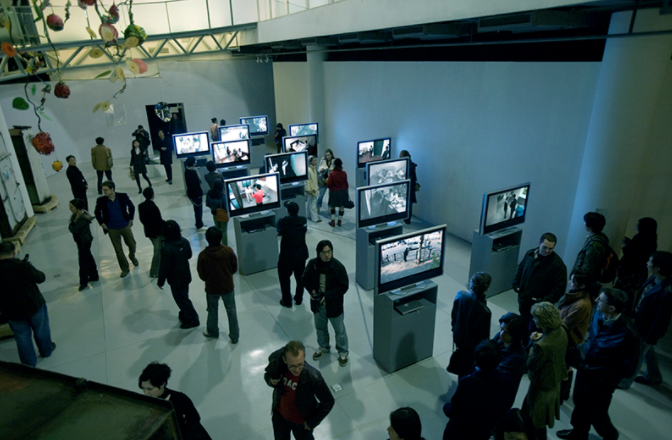
06
Q: Xenario has many technology patents, including national invention patents and utility model patents, etc. How do you see the relationship between multimedia technology and art and design?
A: Technology application is an important element in the exhibition industry, but it is not a decisive factor. I myself wrote a book about art - "New Art Classics", which tells the most important truth that you should first determine what content you want to convey, and then determine the most appropriate technical means according to this content, never the other way around. I would not say first, I use phantom imaging, stereoscopic projection, or 3D technology that people think is very fashionable, and then consider the content, but definitely understand and plan the content first, and then, choose the most appropriate technical means to express it. We are creating value for our customers, not making a technical showroom of our company.
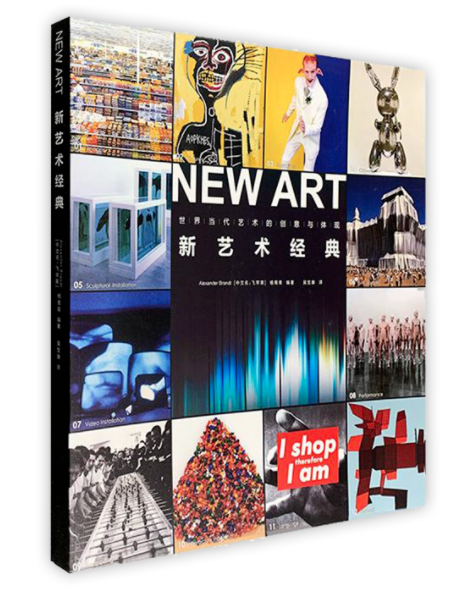
07
Q: How can multimedia interactive technology be better integrated into space design?
A: The best way to apply interactive media technology is a bit like creating a game. The most important principle of a game is to give you a challenge and then, give you a reward or punishment, and that's the link to any game. It has to do with our human nature, we like challenges, we want to be rewarded and hate to be punished, just like for a child, he just wants to play. The big problem inside the exhibition hall is that many people find it too boring to read the graphic panels and see the exhibits, so how can we motivate the audience to have fun? I create all kinds of games, the audience will naturally learn in the process of challenging, solving problems and getting rewards in the game, we can restore the fun of the game through interactive technology inside the exhibition hall.
08
Q: What role did software programming and IT technology play in your art and design career?
A: I design programming and I've been involved in a lot of grassroots work in IT technology, but it's only a small part of my field. I used to joke in my lectures that I've done 41 different kinds of professional work in my life. That would be from directing to scripting and scripting, to storytelling, designing games, writing programs, to mechanical design, space planning, exhibit design, etc. There is no end to these. For example, some exhibition companies will outsource the program or the underlying code development to a third party, and the control of effect and quality supervision, including the maintenance at the back, are always poorly done. Therefore, we have our own R&D department, electronic department and experimental platform, and we really make things out from the bottom of rmd ourselves, which I think is a very important foundation for the final exhibition effect.
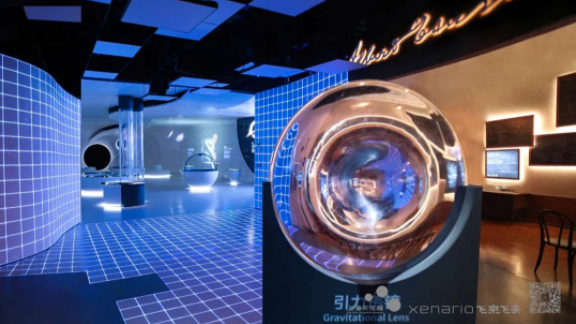
09
Q: How do you reconcile the different perspectives of designers and engineers in your company?
A: Our company tries hard to train engineers who think like designers and designers who think like engineers. If the designer is bold and innovative, the engineer has no beauty, no design thinking, and ultimately no good work. For example, the traditional sculptor, who must be both a designer and an engineer, cannot say I design something and let the master knock on the wall to make the sculpture. How do these two skills fit together? Why do we value the office environment so much? Why do we create so many opportunities for designers and executive teams to connect? Why do designers keep going to sites? Why are engineers involved early in the design process? Just to make sure they're a complementary team, not you, and I'm all about quality and time and cost.
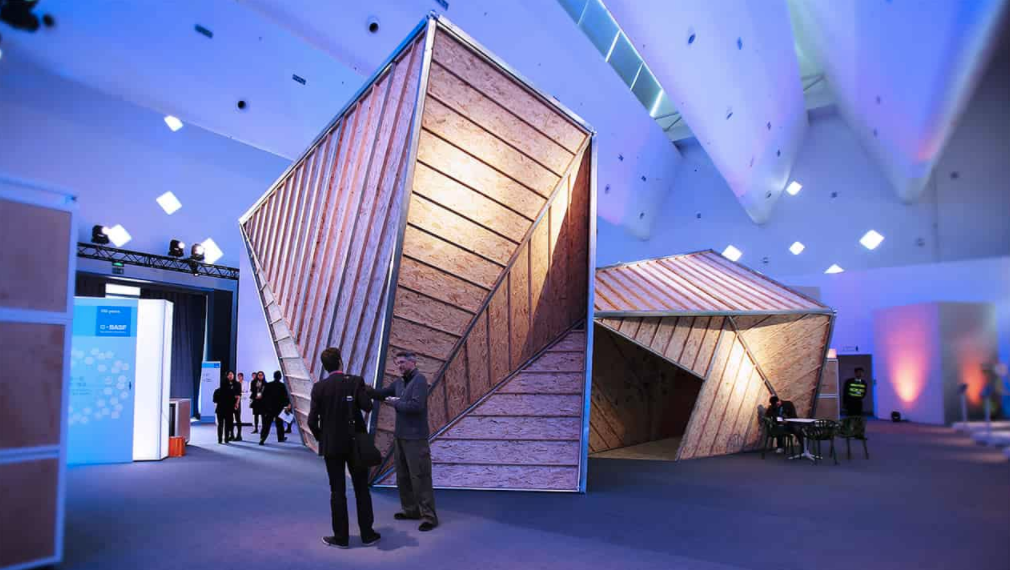
10
Q: Do you have any new attempts in the application of artificial intelligence and virtual reality?
A: Many people think that artificial intelligence is mysterious, but in fact we use it every day. What we are most familiar with is that the mobile phone uses artificial intelligence to recognize my face. When the mobile map searches the route, it uses artificial intelligence algorithm, social entertainment media software, and pushes the content it thinks I like through artificial intelligence. Our company will also use ARTIFICIAL intelligence in many ways, for example, we will bring face recognition into our exhibition.
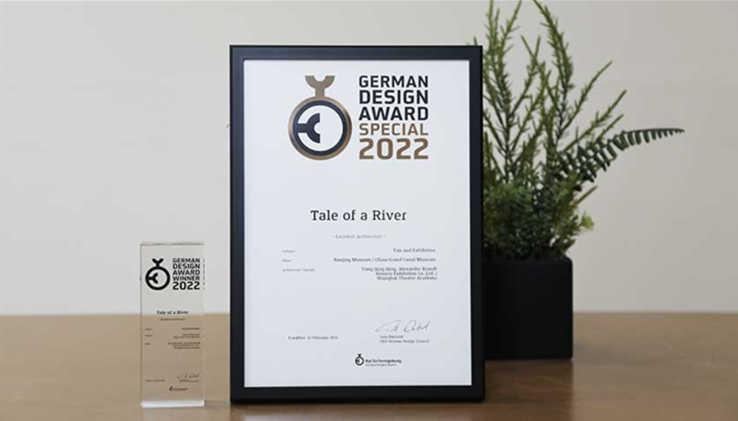 2022.7.1
2022.7.1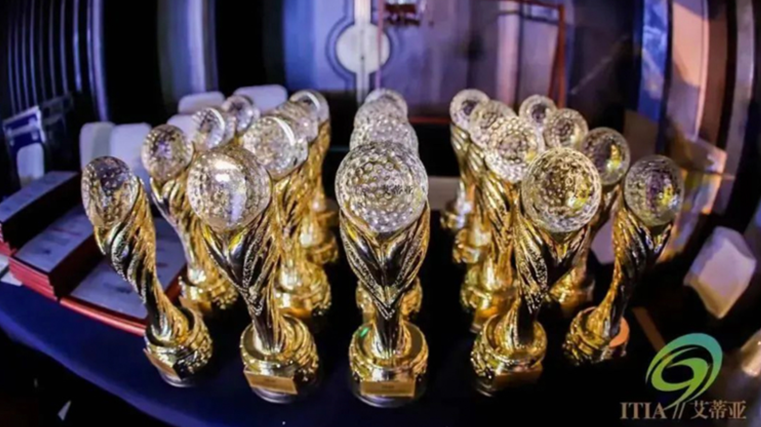 2022.5.16
2022.5.16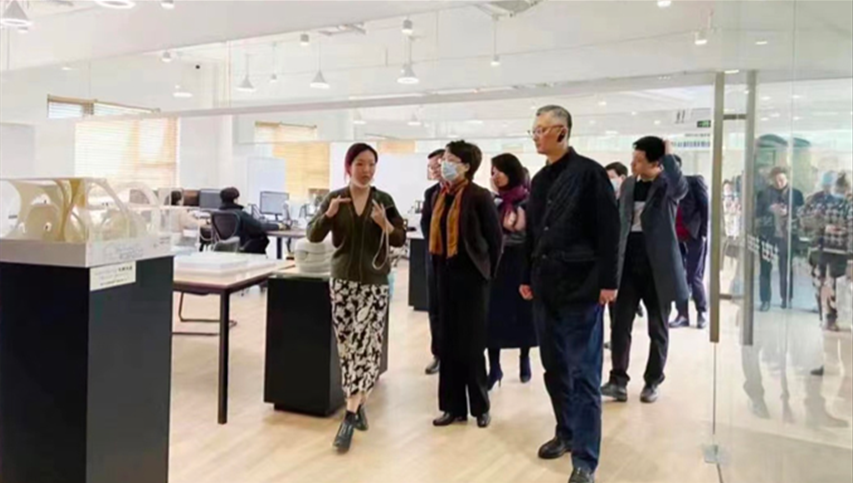 2022.3.2
2022.3.2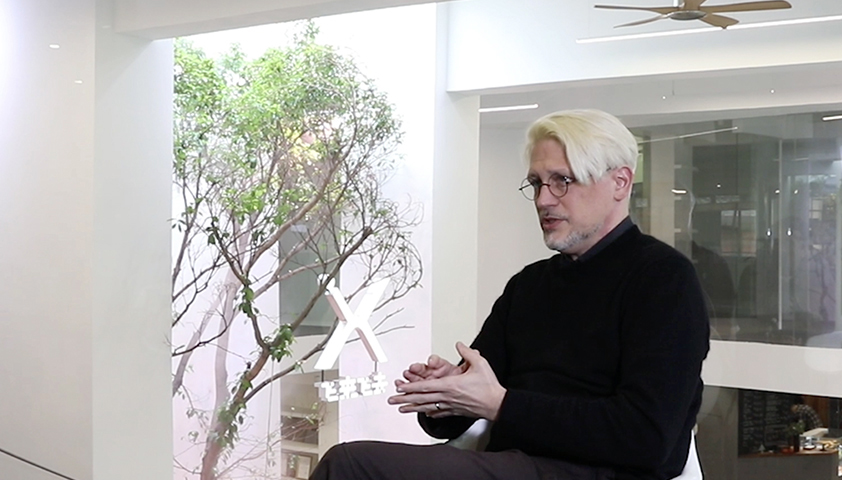 2022.2.25
2022.2.25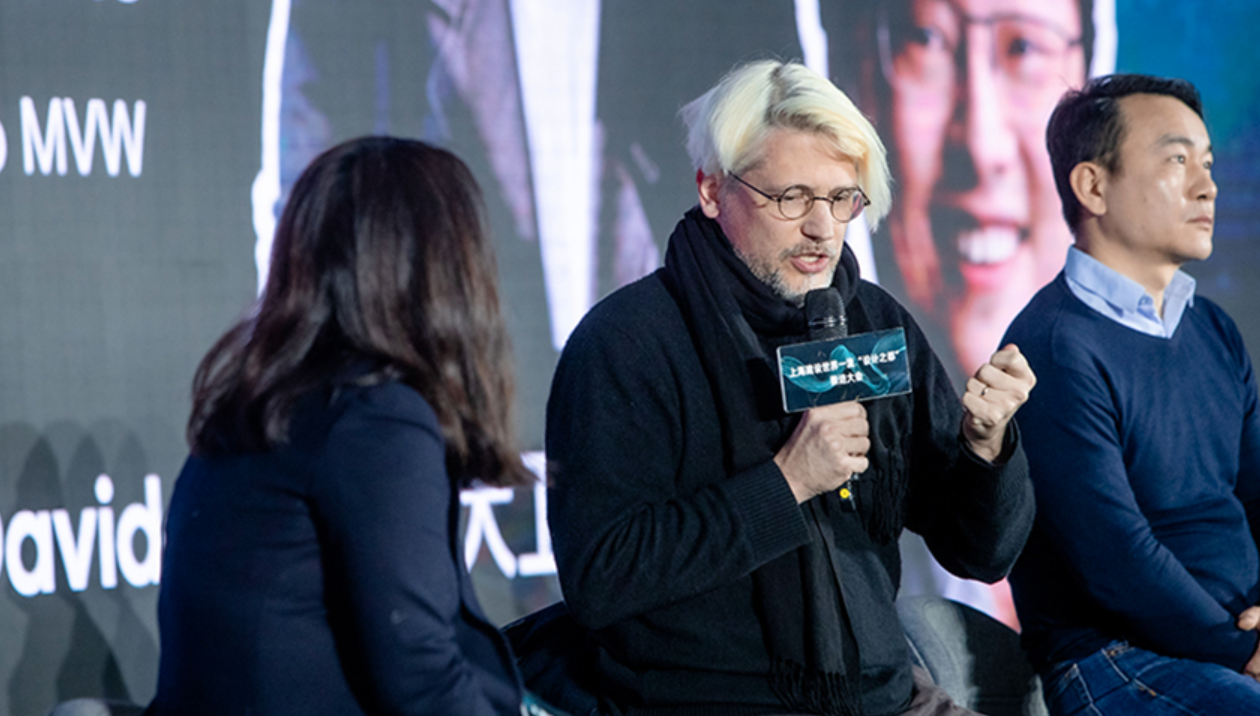 2022.2.17
2022.2.17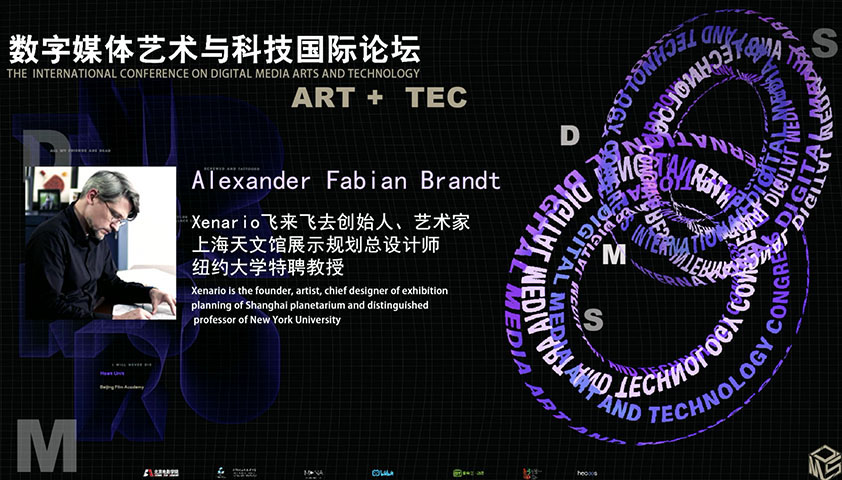 2021.12.19
2021.12.19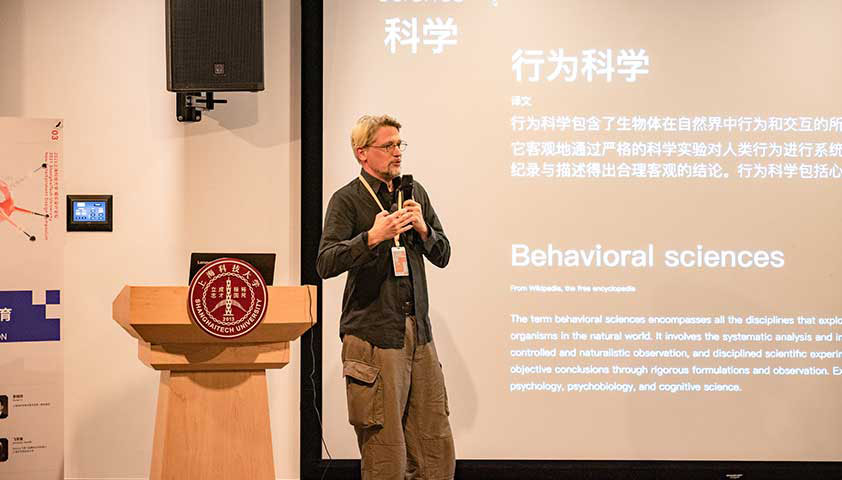 2021.11.13
2021.11.13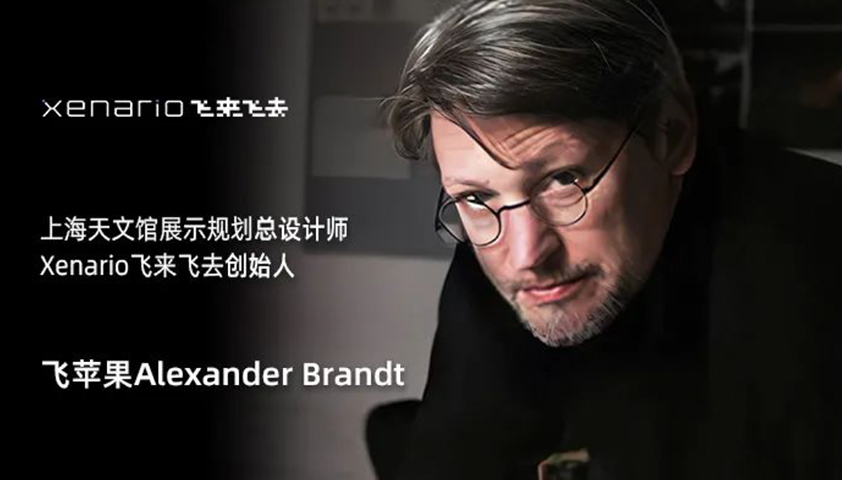 2021.12.4
2021.12.4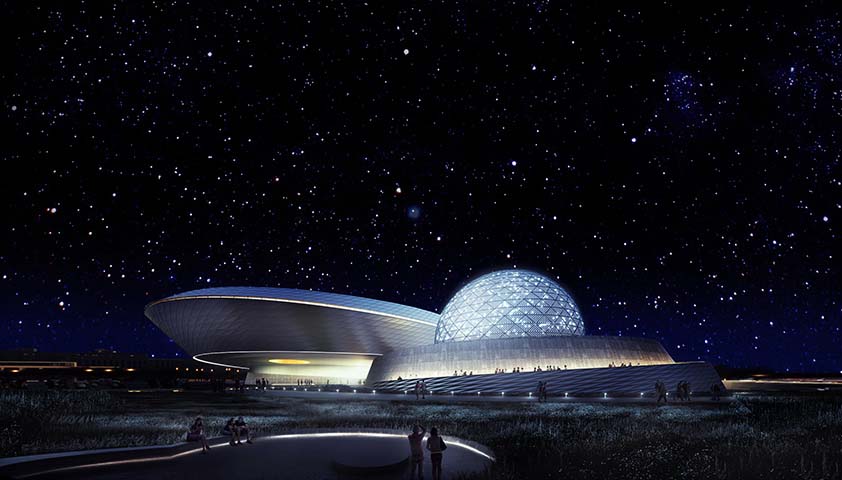 2021.10.23
2021.10.23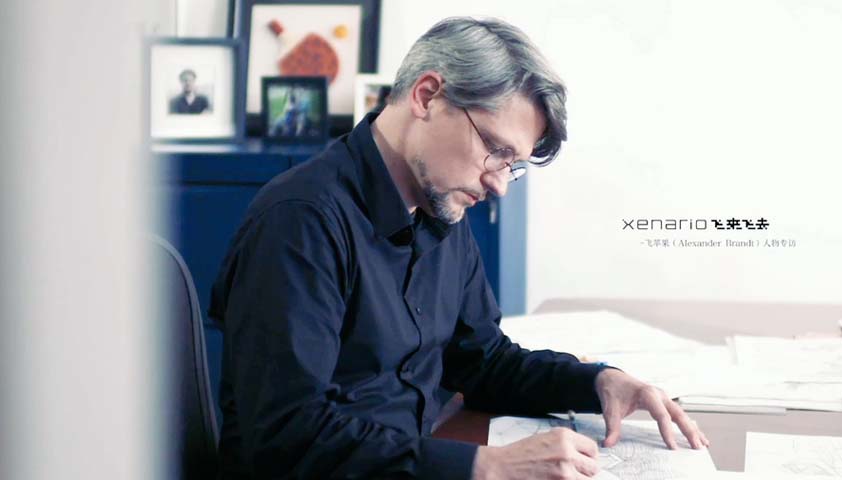 2021.10.18
2021.10.18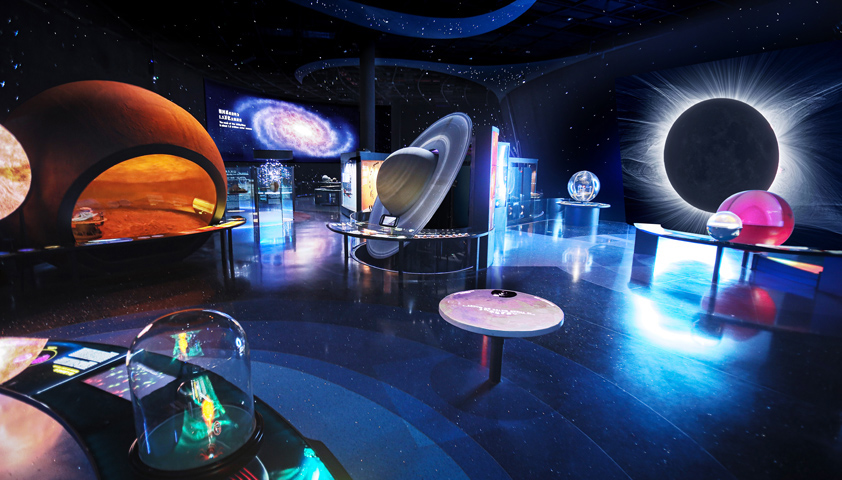 2021.7.17
2021.7.17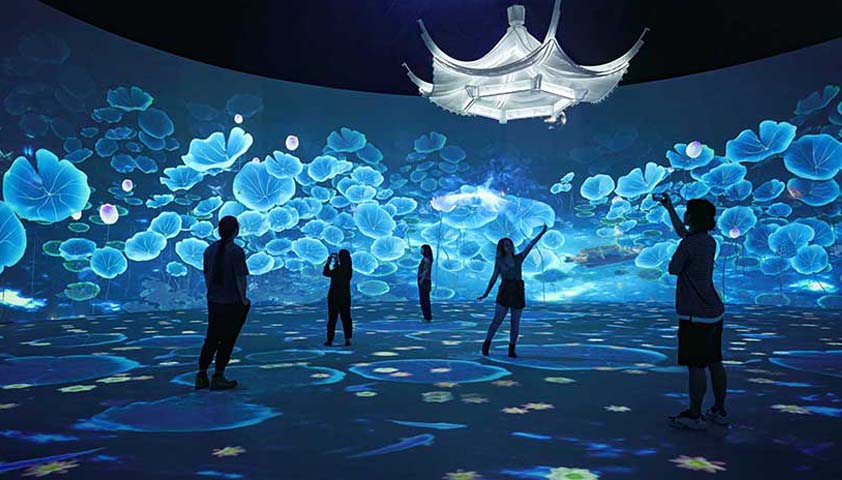 2021.6.16
2021.6.16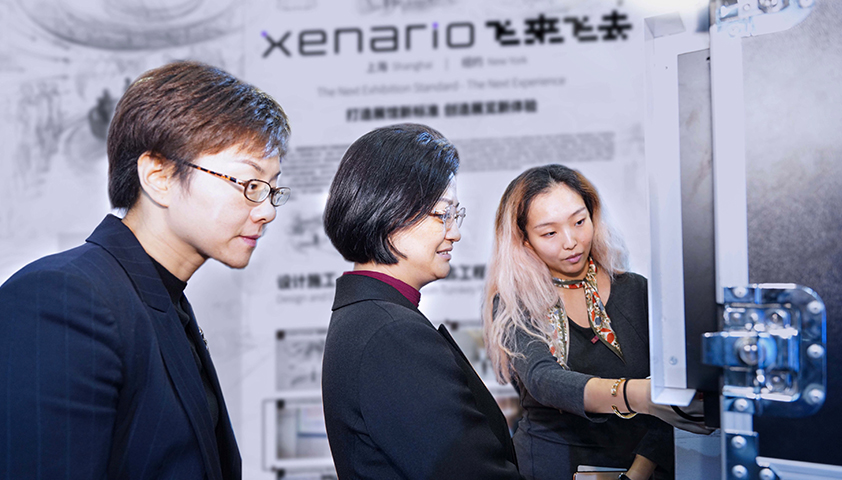 2020.11.19
2020.11.19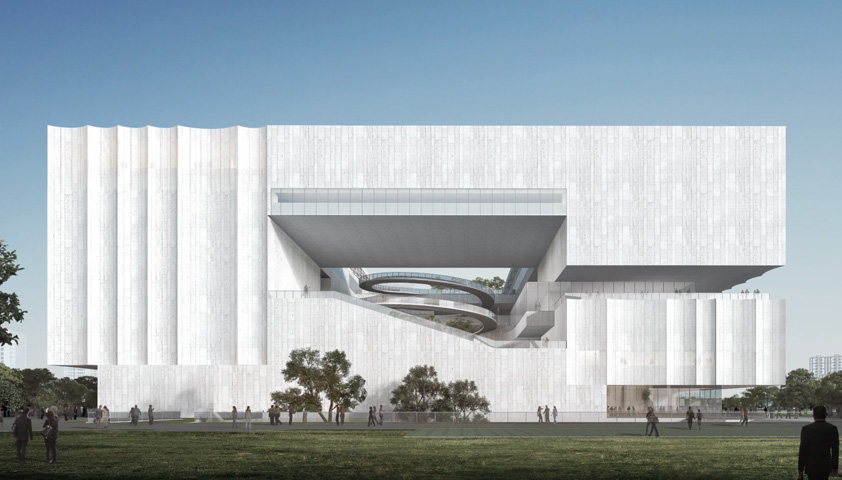 2020.8.31
2020.8.31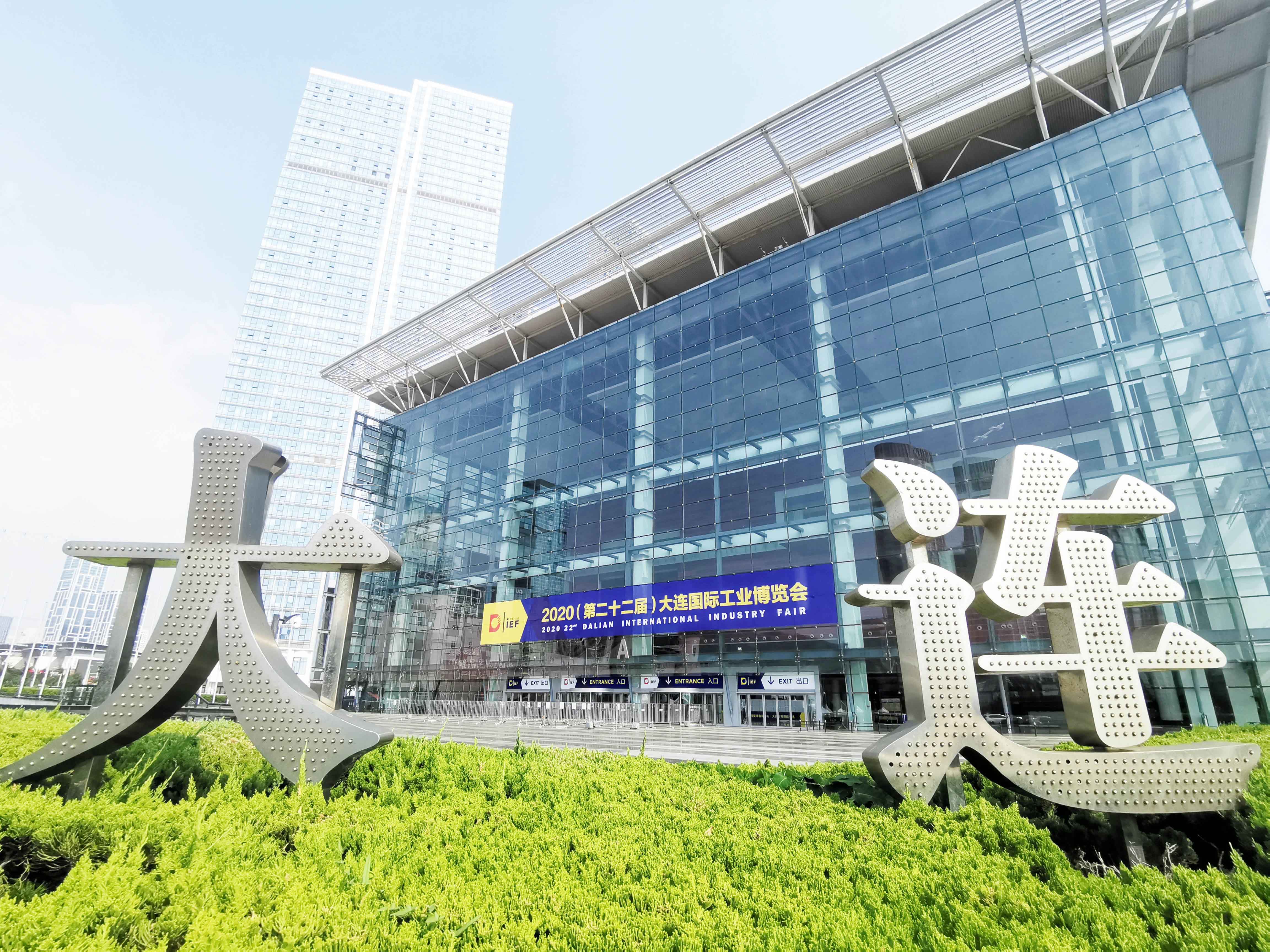 2020.10.10
2020.10.10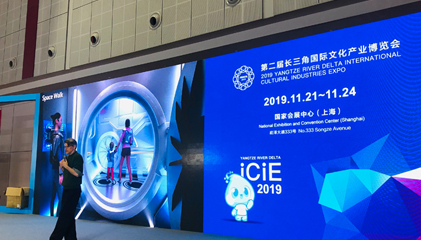 2019.11.21
2019.11.21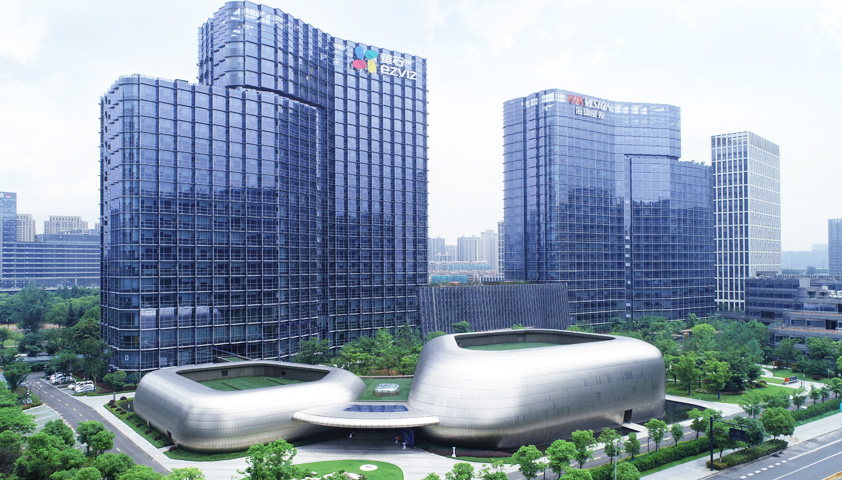 2020.5.16
2020.5.16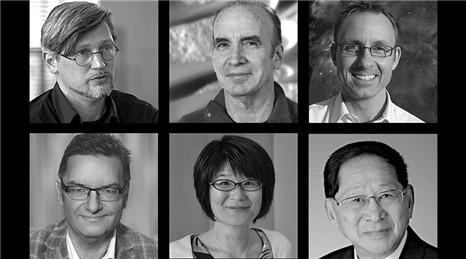 2018. 12. 22
2018. 12. 22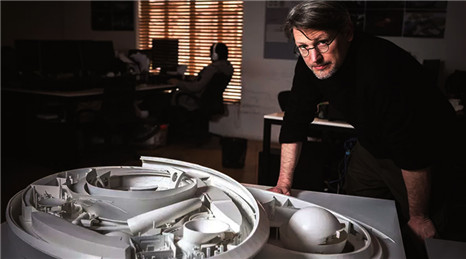 2019. 5. 28
2019. 5. 28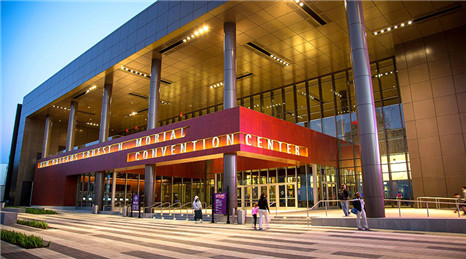 2019. 5. 20
2019. 5. 20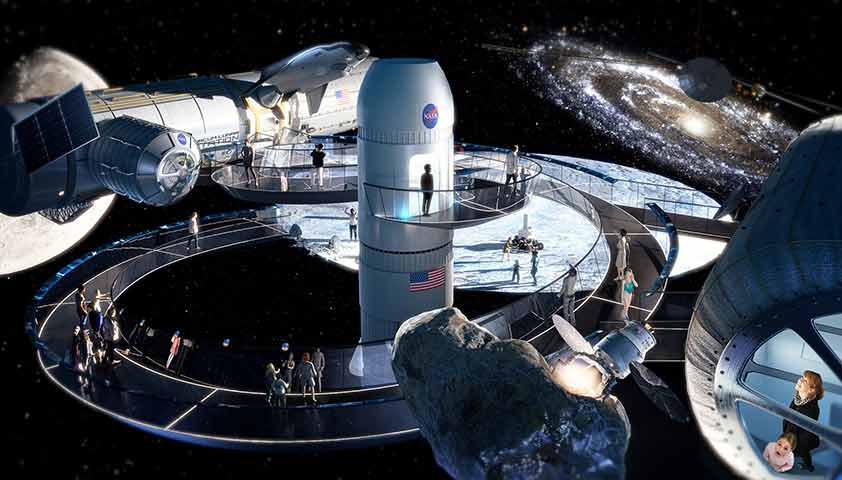 2018 . 12 . 13
2018 . 12 . 13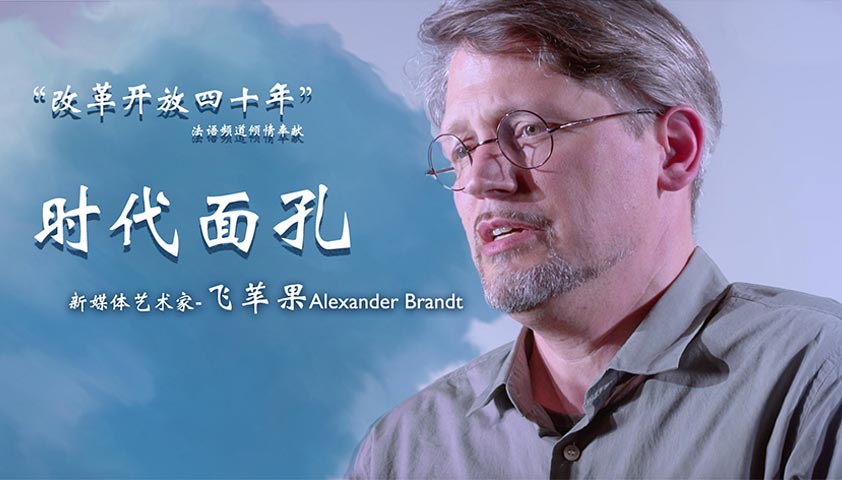 2018 . 11 . 28
2018 . 11 . 28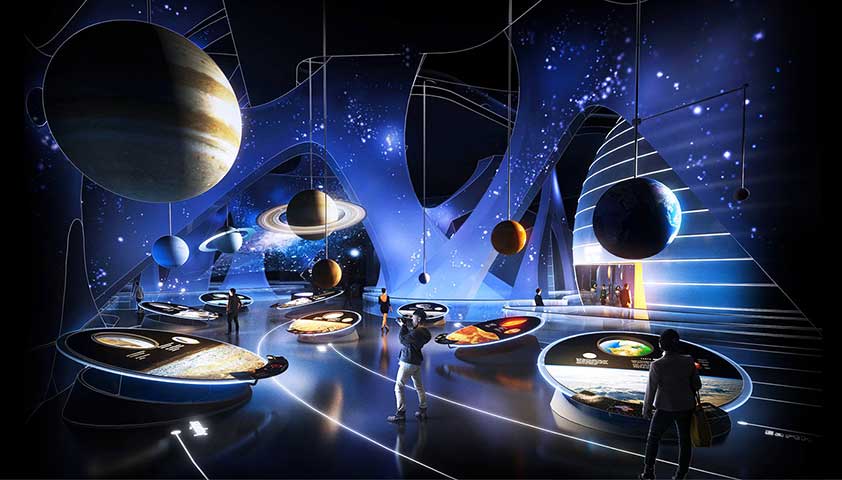 2018 . 9 . 20
2018 . 9 . 20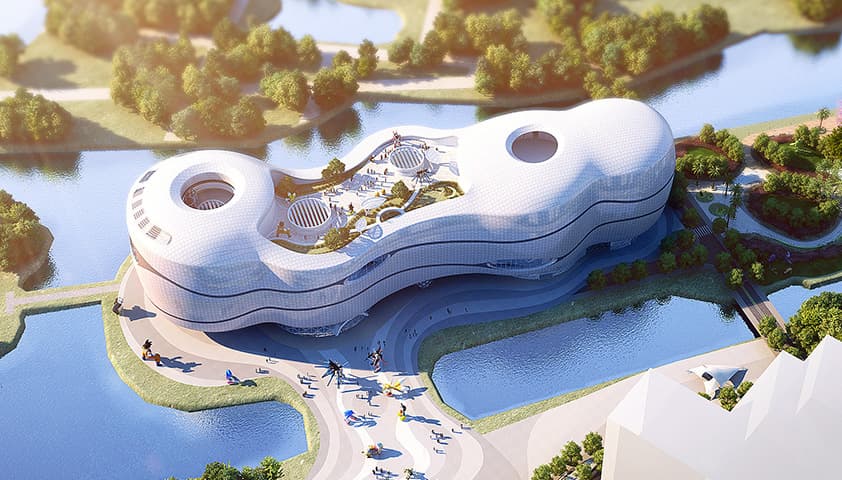 2018 . 06 . 10
2018 . 06 . 10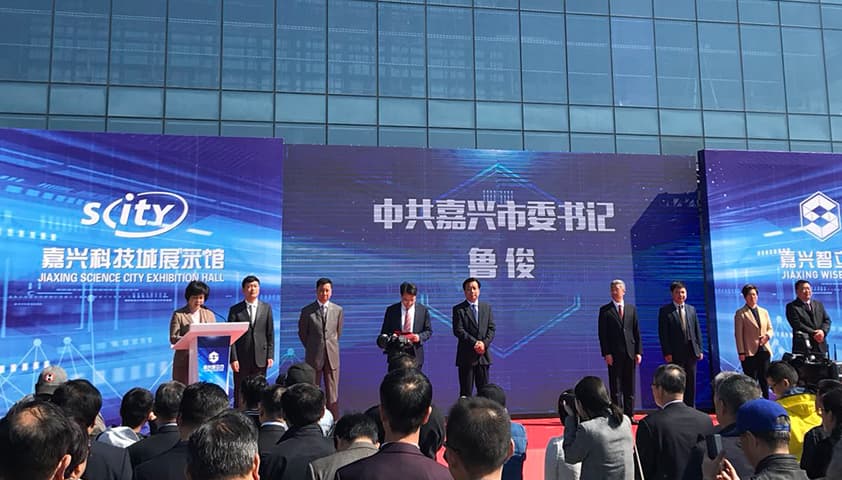 2018 . 04 . 08
2018 . 04 . 08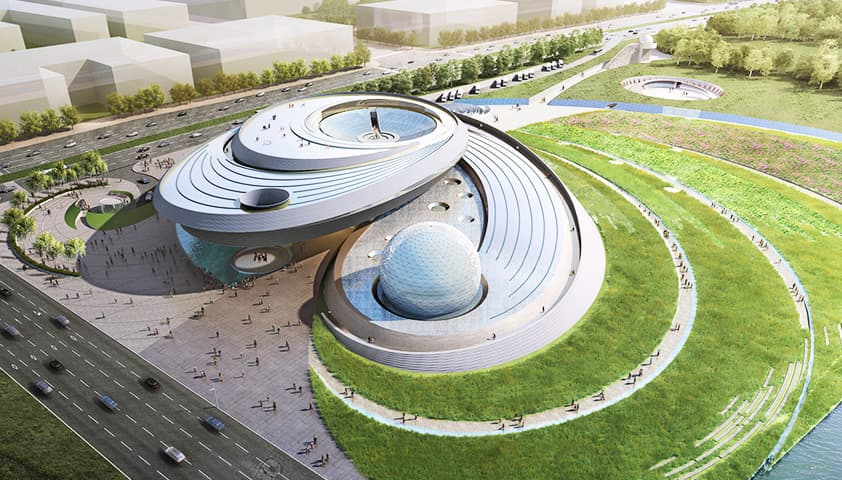 2017 . 10 . 20
2017 . 10 . 20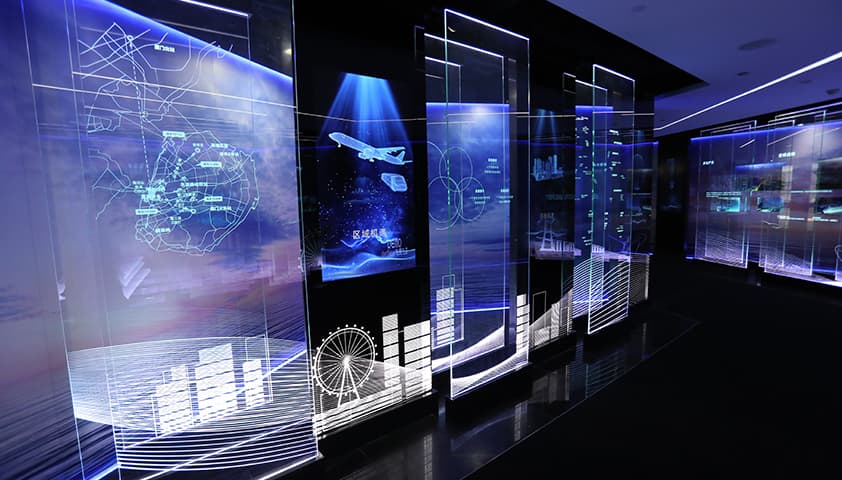 2017 . 09 . 30
2017 . 09 . 30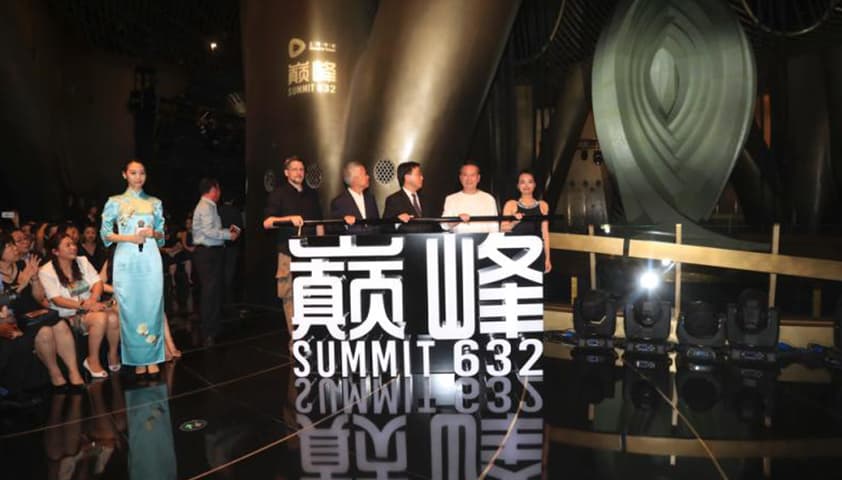 2017 . 08 . 29
2017 . 08 . 29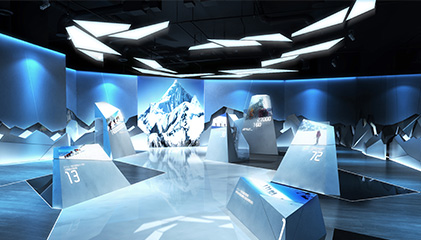 2016 . 05 . 31
2016 . 05 . 31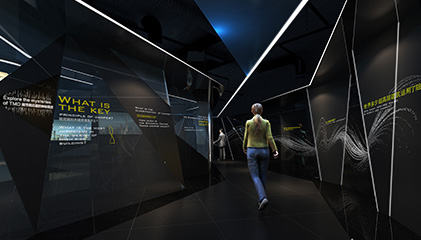 2016 . 03 . 20
2016 . 03 . 20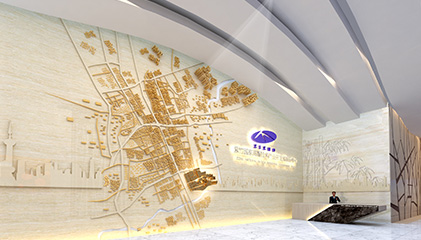 2015 . 11 . 12
2015 . 11 . 12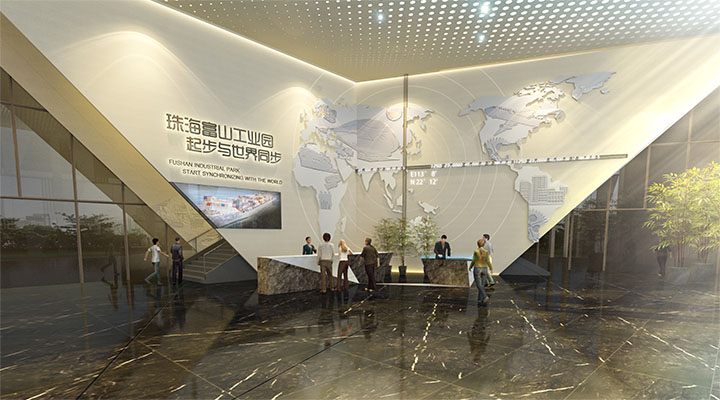 2015 . 09 . 25
2015 . 09 . 25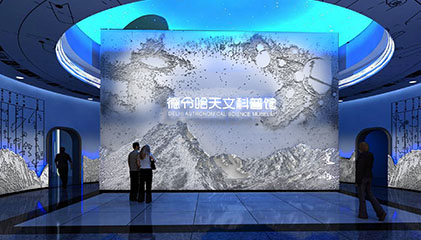 2015 . 03 . 15
2015 . 03 . 15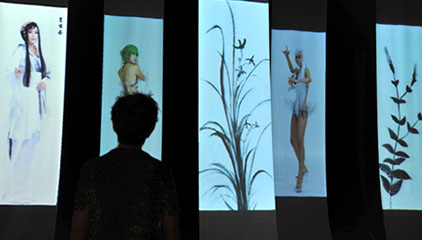 2011 . 05 . 22
2011 . 05 . 22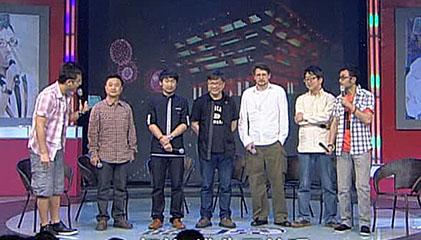 2011 . 04 . 12
2011 . 04 . 12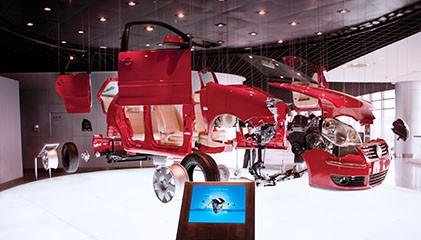 2010 . 05 . 22
2010 . 05 . 22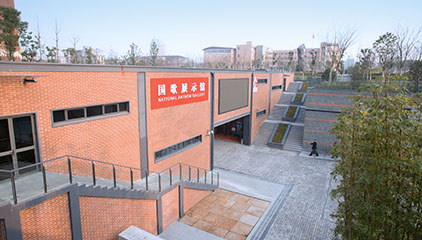 2009 . 10 . 11
2009 . 10 . 11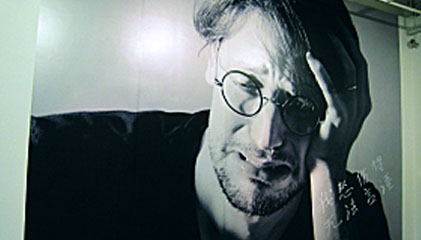 2009 . 07 . 25
2009 . 07 . 25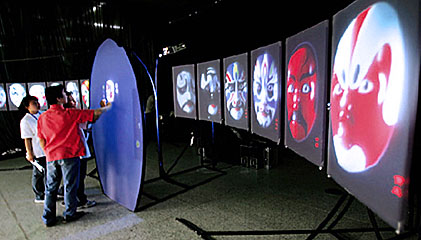 2007 . 05 . 09
2007 . 05 . 09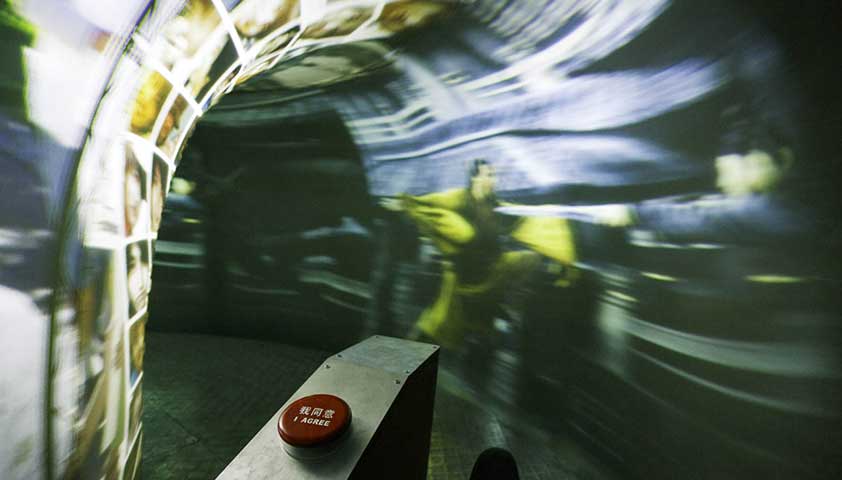 2007 . 03 . 28
2007 . 03 . 28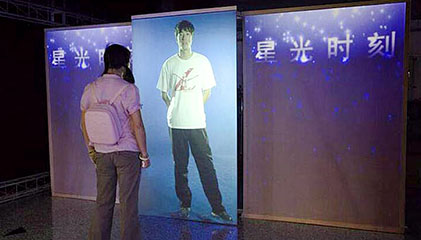 2006 . 05 . 28
2006 . 05 . 28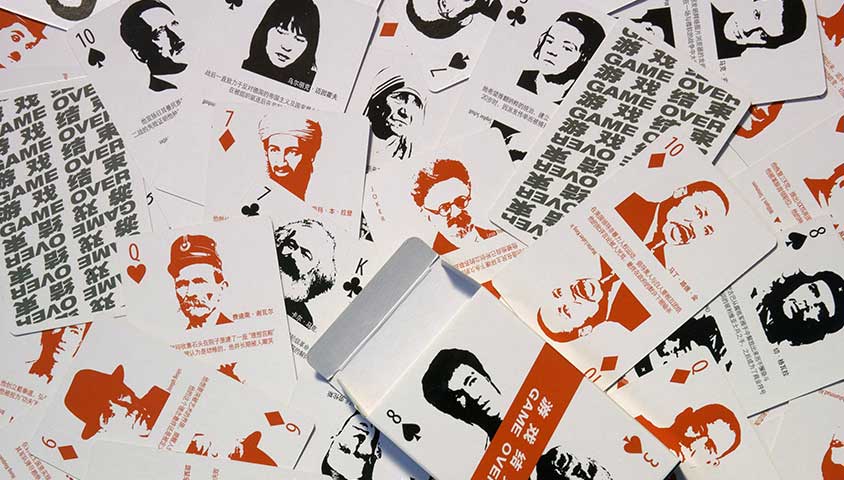 2006 . 05 . 20
2006 . 05 . 20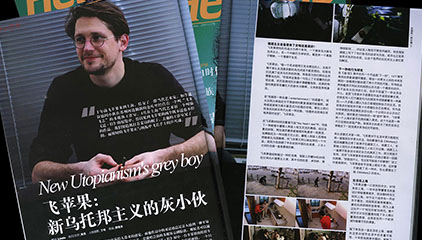 2005 . 10 . 19
2005 . 10 . 19





















